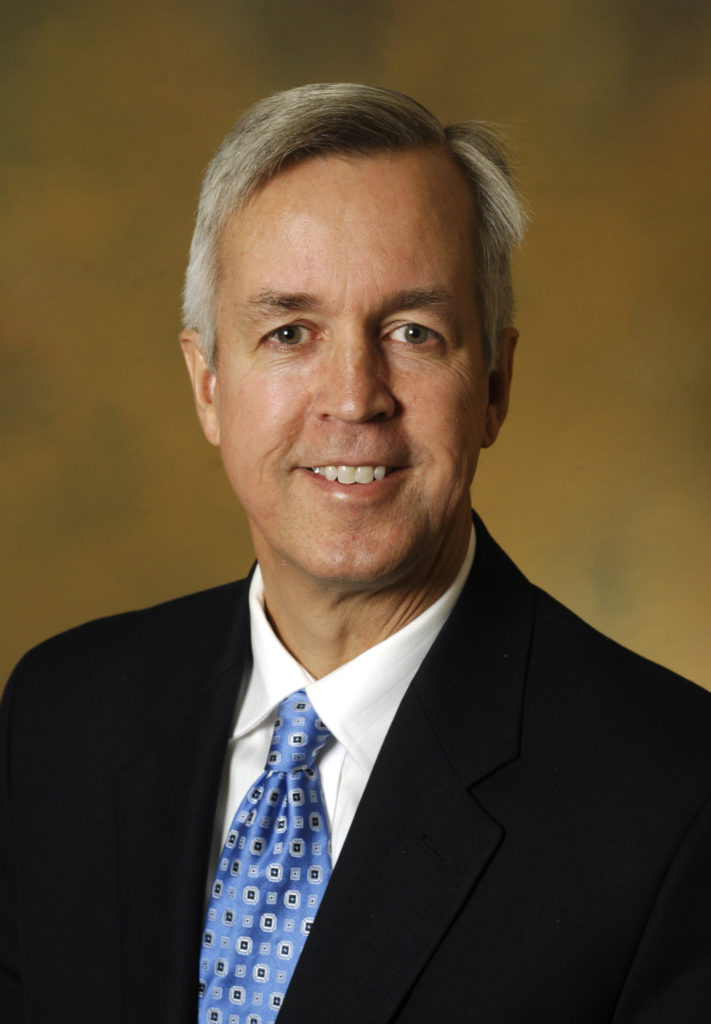Transferring medical advancements from an initial concept to the marketplace is the goal of many researchers. But understanding this complex process — and evaluating an invention’s marketability — is no small feat.
That’s where Vanderbilt’s Center for Technology Transfer and Commercialization (CTTC) comes into play.
“The center is here to help evaluate and potentially commercialize inventions developed by Vanderbilt faculty, staff and students from across the university and the medical center,” said Kenneth J. Holroyd, M.D., MBA, vice president for technology transfer at Vanderbilt University Medical Center.
This involves analyzing an invention’s initial concept, determining its viability for commercialization and connecting the inventor with corporate partners for potential development.
“The goal of technology transfer and commercialization is for an invention to have an impact on society. For researchers who are interested in taking that direction, the CTTC is here to help,” Holroyd said.
Patent or Copyright?
Research at the core of this process often leads to technologies or inventions that are protectable, often with a patent. For software, the intellectual property protection is most often a copyright. Determining if these protections are beneficial to the inventor and institutions is step one in the technology transfer process.
Researchers and others who find themselves with a potentially patentable discovery or invention should reach out to the CTTC early in the research process, Holroyd advised. This allows inventors and CTTC staff members time to work together on strategies to increase the odds of commercial success.
Timing Considerations
Patent laws prohibit creators from filing applications outside of the U.S. after their idea has become public knowledge, so presentations or publications that showcase the idea are discouraged until that decision is made. In the U.S., there is a one-year period after such a public disclosure during which patent filings are still allowed.
“If the inventor knows that there’s a public disclosure of their key research ideas coming up, that’s a good time to look at whether the work could be patentable,” Holroyd said.
It all starts with a short Concept Submission Form on the center’s website, where inventors can provide information, such as description of the invention, other contributors to credit, and funding sources.
Evaluating Potential
In fiscal year 2023, the CTTC evaluated 183 disclosures for inventions submitted by the Vanderbilt community and filed more than 300 U.S. patent applications. Should an invention be successful, the inventor and any co-inventors share the profits with the university.
“We evaluate all of the invention disclosures and provide advice on the potential of commercialization, although we never recommend that faculty take their research in a particular direction,” Holroyd said.
“We evaluate all of the invention disclosures and provide advice on the potential of commercialization, although we never recommend that faculty take their research in a particular direction.”
While there may be equally interesting and novel scientific directions for an inventor to take, one might have more commercial potential than another, he explained.
Since opening in 1991, the CTTC has worked with thousands of inventors, securing and paying for patents ranging from vaccines and physician software to highway-barrier cushions and medical devices. As CTTC medical director, Holroyd works primarily with inventions related to health and medical advancements.
“Because the university pays for the patents, we have to decide if an invention is the right investment at that time. Sometimes it’s too early, and more work is needed. Other times, we discover that it’s not a patentable idea but may still have commercialization potential,” Holroyd said.
While not all medical advancements are ready or eligible for a patent, the CTTC staff can guide inventors toward further research refinements or areas ripe for the commercial market.
“Anyone interested in having that impact is welcome to contact us,” Holroyd said.





